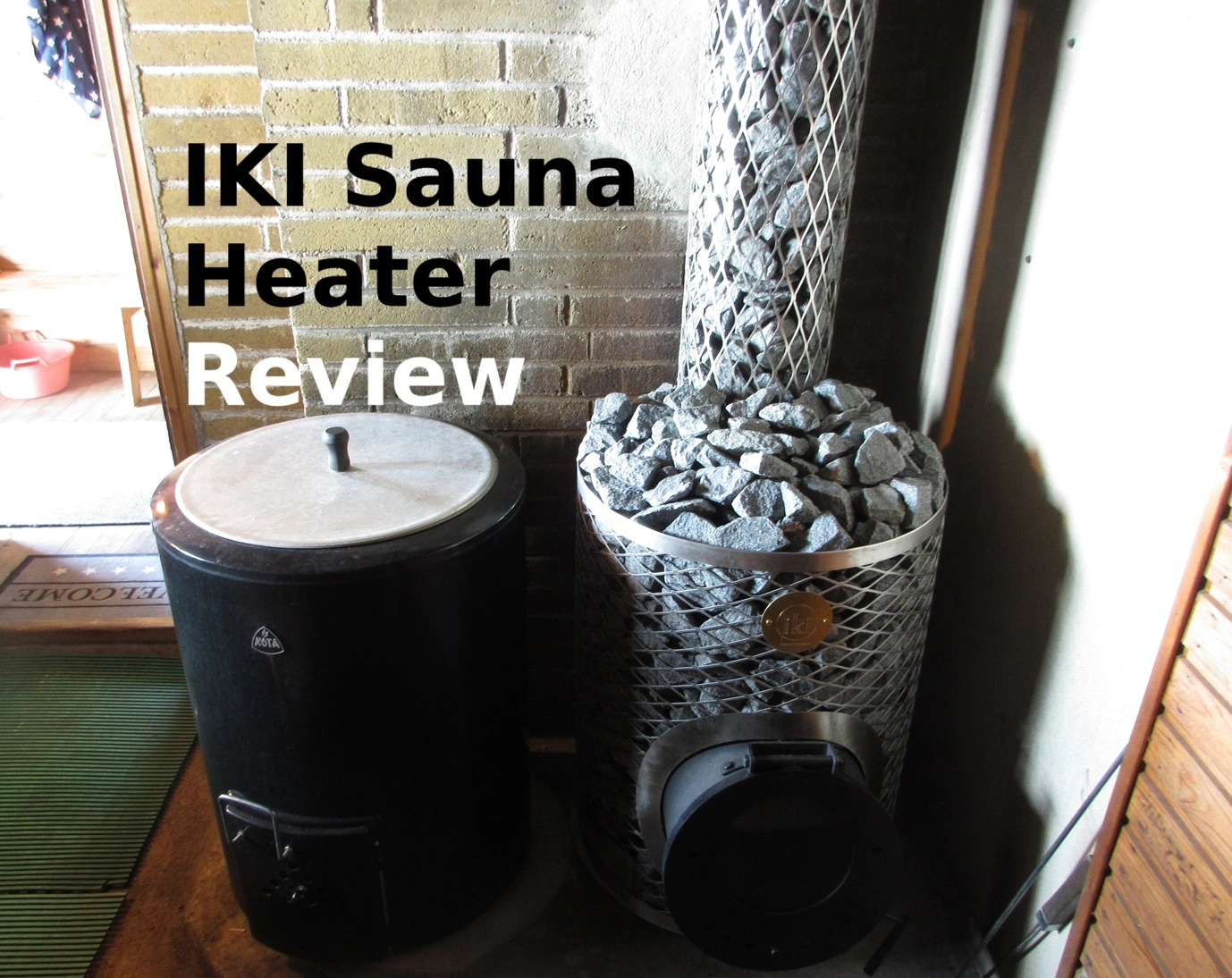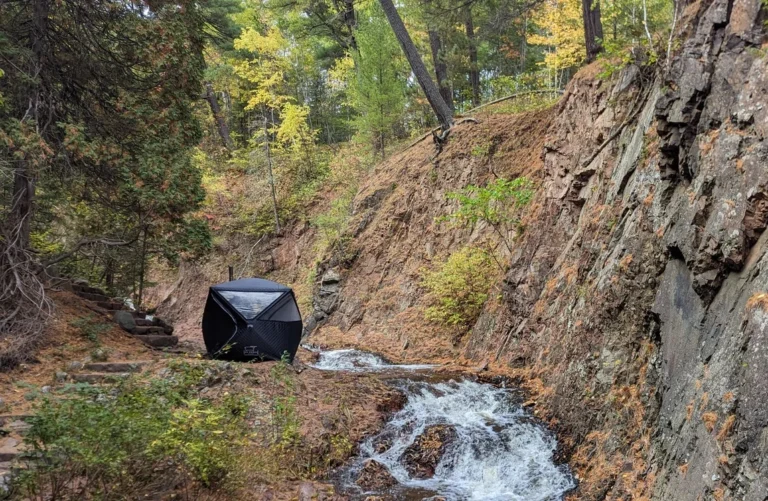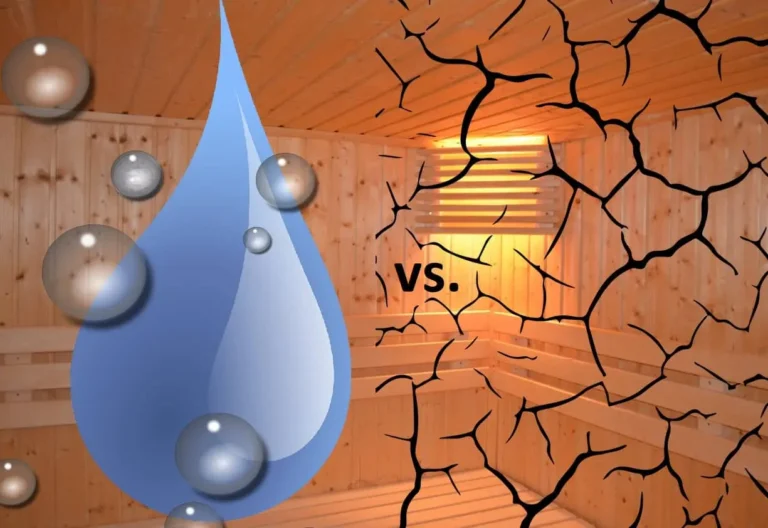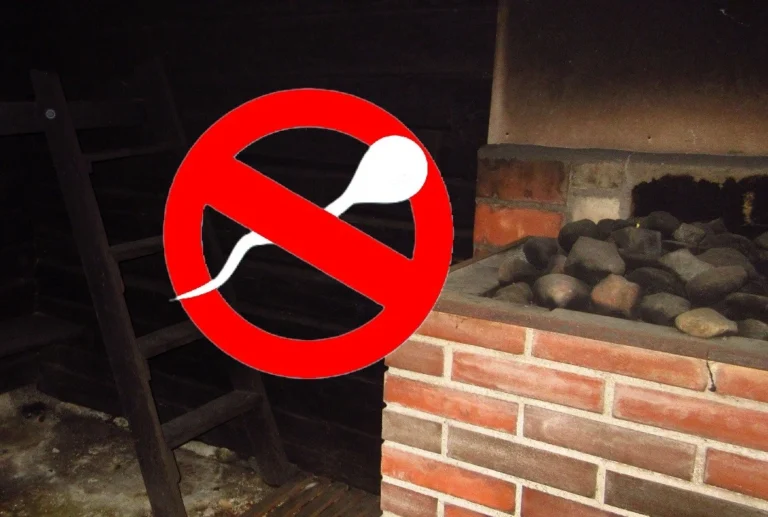Authentic IKI Sauna Heater Review: Get Endless Löyly! (2025)
Are IKI sauna heaters good, you ask.
Too bad there are virtually no real reviews online about IKI sauna heaters; just an overview “created” by artificial intelligence, based on the few experiences expressed by people on Reddit claiming they either love or are disappointed in their IKI heater (that is most likely installed/used incorrectly in a room that is incorrectly vented, and so on).
Well, the lack of reviews ends today! I had a chance to test IKI Original Plus that my brother-in law bought and installed together with my nephew in June of 2025.
I knew they had had their eyes on an IKI sauna heater specifically for quite some time as their old Kastor heater was dying, taking its last breaths at the ripe age of 24 (the label on the heater showed it was made in 2001).
So, in this article I’ll be reviewing the sauna experience I had been looking forward to for months.
Also, my beautiful American and Canadian readers, which nearly 95% of you are, stay tuned: I’ll reveal something very interesting nobody else has pointed out about IKI sauna stoves.
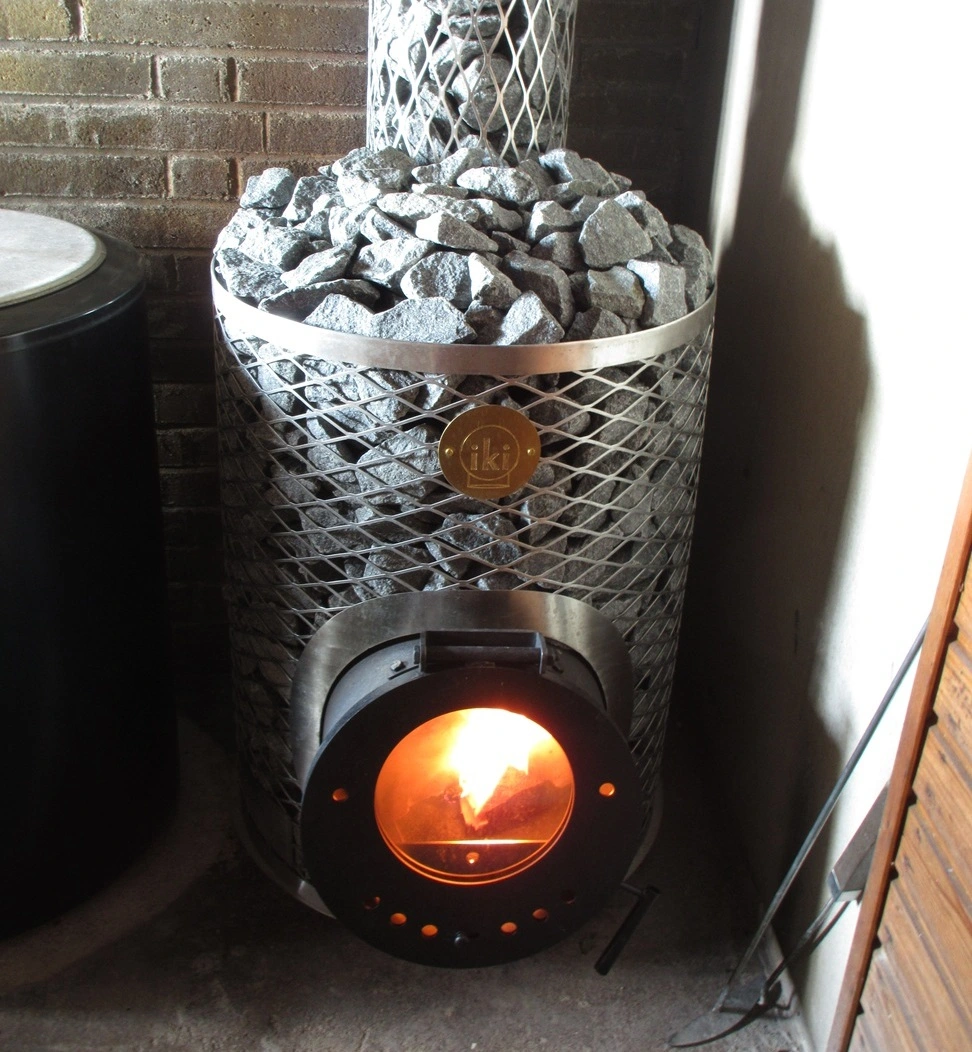
IKI Sauna Heaters: Why Consider Them in the First Place?
I first introduced IKI when I discussed in detail the best sauna heaters on the market. Already then I made some of these points about IKI:
🔶 100% handmade in Finland, founded in 1997 and known for their superior quality and durability
🔶 Selection includes both electric and wood-burning sauna heaters. Especially the latter are what users rave about. IKI wood stoves are truly unique, offering a design unlike any competitor: a furnace shaped like a long pipe that connects to a spiral-shaped chimney.
🔶 distinguishing features: open steel grid design, huge rock mass, and round fire chamber, the door of which opens upward
🔶 Not a “regular” sauna heater: IKI sauna stoves don’t have a grate and an ash box.* The wood burns so cleanly that you don’t get a lot of ash forming. (*except for one market; more on that later)
🔶 the ultimate löyly (steam) heater: IKI is not for “dry sauna” people who don’t understand what sauna bathing means and aren’t interested in authentic sauna experiences

The most seminal thing to understand about IKI sauna heaters is that they’re not for health bros aiming for 200+ F degrees. (No heater is meant for that but IKI even less!)
When your sauna heater has around 450 lbs of rocks, or 660 lbs (300 kg) like my brother-in-law’s IKI Original Plus, it couldn’t be more pointless to aim for 200+ F degrees. You get amazing, plenty, and hot löyly already at 130–150 F (55–65 C).
At around 160 F (70 C) the löyly can get so intense and overpowering that it’s too much even for some experienced sauna-goers. So again, no need to clown around with the temperature.
IKI Sauna Heater Review
Below, I’m going to be reviewing five factors: how easy it is to install an IKI sauna heater, how fast it heats, whether the heat is even, how much steam (löyly) you can get, and finally how much wood the heater requires.
1. Installing IKI (= new design makes it easier)
IKI updated their wood-burning stoves in January of 2025, making significant changes that affect the installation particularly:
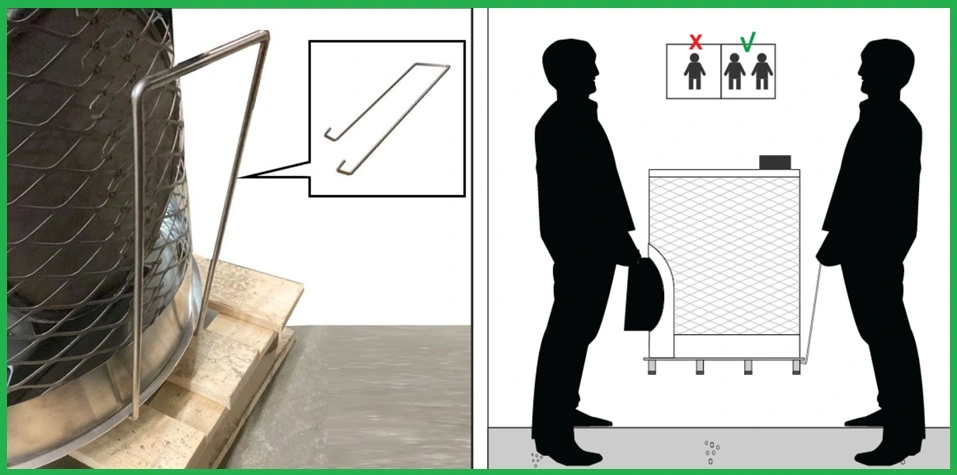
The stove is mostly pre-assembled and carrying handles are already in place; you just unleash them first and remove them once you have the stove in the desired spot. Even the base plate is already included and attached (usually sold separately by most other brands)!
This is great as older models definitely weren’t as easy to install. Before, it used to be your job to install the furnace and the steel grid so that the final product worked functionally.
Based on some user comments and IKI’s older manuals, it seems some people failed to do so, resulting in a glass door that wouldn’t stay open on its own because the furnace was too deep in the grid and rock mass.
IKI has clearly listened to feedback and made changes many will appreciate.

Whether the rest of the installation process goes smoothly or not, it depends on what kind of sauna you’re dealing with.
My brother-in law and nephew were faced with many challenges since they had chosen the Plus model (= more parts, more rocks), they had to replace an old heater in its pre-existing spot, and had to use a curved chimney pipe.
Despite skillful maneuvering, they couldn’t get all the parts to fit with the pre-existing structure without altering a certain part. Luckily it worked, and the heater, chimney, and rocks were finally in place!
Even if you struggled with the installation, it still takes little time considering you then have a sauna heater fully set and ready to serve you for decades to come.
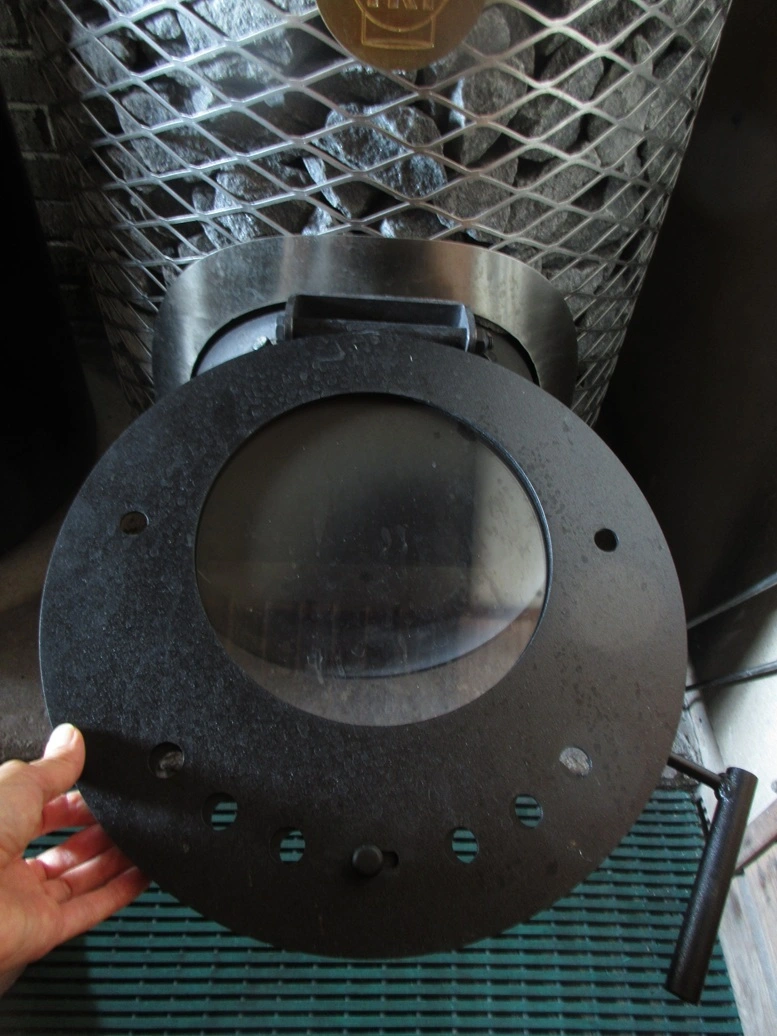
2. Heating Time
How long does it take for the sauna to be ready to use when you heat it with an IKI sauna heater? That’s one of the most relevant questions there are, affecting your sauna experience every single time.
Heaters with a ton of rocks always take longer to heat than heaters with less rocks, but thanks to product development, IKI does its job in about an hour just like it promises.
My brother-in-law’s sauna is big, having room for at least 10 sauna bathers, and still it took slightly less than 1 hour to get the sauna to 160 F (70 C) and to provide sublime löyly.
But that was during summer, so it’s realistic to expect the heating to take about an hour and a half during winter, at least if your sauna is bigger than average.
When asking whether an IKI sauna heater stays hot longer than many other heaters, I’ve noticed some people confuse IKI with a heat storing sauna heater like Aitokiuas.
IKI is not a heat storing heater, meaning it won’t stay hot the entire evening, night, and next morning, but it does still stay sufficiently hot for quite some time after the fire has burnt out.
I noticed this myself as the heater kept giving me plenty of hot löyly even long after the guys had left and I was saunaing alone. I couldn’t “use up” all the löyly even if I had wanted to, as the stove constantly had even more löyly to give.

3. Even / Uneven Heat
When the Finnish building magazine TM Rakennusmaailma (8/2009) tested four open steel grid sauna stoves with emphasis on rocks (440 lbs (200 kg)), IKI Original included, they found the temperatures of all of them varied substantially.
What this means is that the rocks closest/around the furnace and chimney are the hottest, and the further away you get from this core area, the cooler the rocks get.
To me this makes perfect sense, though, and isn’t problematic in any way. It also doesn’t mean you would get uneven heat in the sauna room because of the heater.
(Heat is never distributed evenly anyway as cooler air stays down and hotter air rises. Many factors can aggravate this natural phenomenon, such as bad ventilation, poor design with seating options, too small a sauna room, etc.)
So no, you don’t have to fear uneven heat even if and when certain areas of your IKI sauna heater are hotter than others. On the contrary, this variation gives you exactly the kind of löyly you’re after.
Another important pro with this temp variation is short safety distances to combustible materials: only 10 cm to the back, 10 cm to the sides, and 110 cm to the ceiling. For comparison, the corresponding numbers for my wood-burning sauna stove are 35 cm, 30 cm, and 130 cm.

4. So Much Steam (löyly)!
Like I mentioned above, IKI is THE löyly sauna heater.
While every real sauna heater is built and meant for löyly, IKI is even more centered around löyly than many other heaters (and less on high heat).
What this means in practice is that you should throw plenty of water on the sauna rocks when you have an IKI sauna heater.
Where and how you pour water makes a difference: the rocks on the surface give you softer steam while the ones closest to the furnace give you intense and feisty löyly.
Forget about sprinkling water (that’s the favorite verb of clueless sauna manufacturers); you have to throw water with a firm grip and aim strategically if you want it to reach the hottest stones in the core directly.
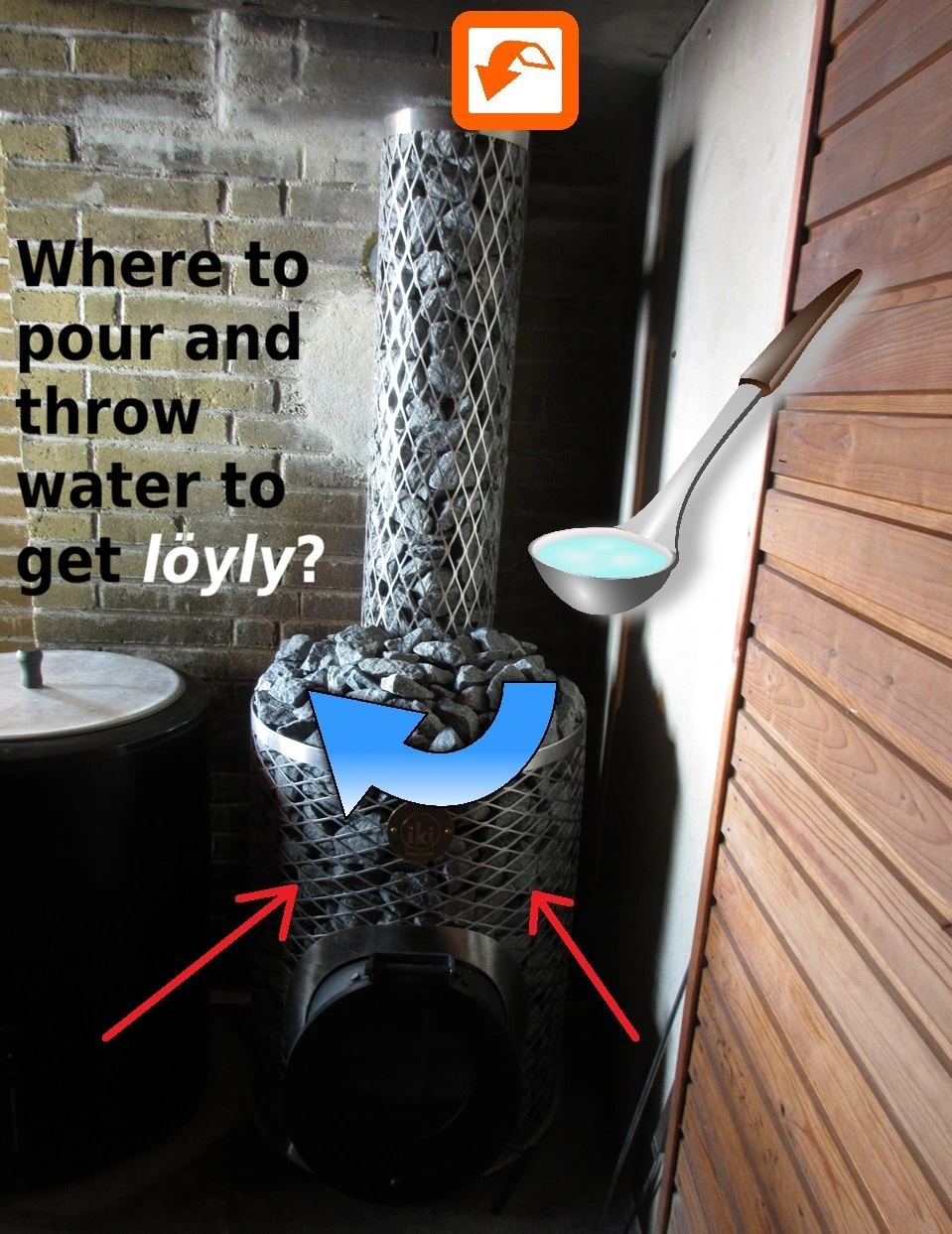
The red arrows signify strong throws of water (= the most intense löyly). Pouring from the top of the Plus part (orange arrow) works well especially when the fire is still going. (When not, the chimney obviously cools down much more quickly than the furnace.)
The top of the main heater (blue arrow) is the most typical area for anyone to pour water on. The steam will be slightly softer than the one deep from the sides, but as IKI is a heater that just keeps on giving, even this softer steam will get very intense if you keep pouring.
All the rock surfaces are suitable for throwing water, including the pillar, but it’s a more challenging aim: it’s easy to miss and have all the water hit the wall behind the heater.
I enjoyed the löyly from the bottom of my heart. Even when it was strong and powerful, it came to you as a huge enveloping cloud, not as sharp stings, which all accustomed sauna-goers, including me, have experienced countless times.
It was so plenty that once I was done löylying and ready for washing (which happens in the sauna room), it was so hot and steamy that I had to open the door. Otherwise I would’ve been sweating the whole time I was supposed to wash up!
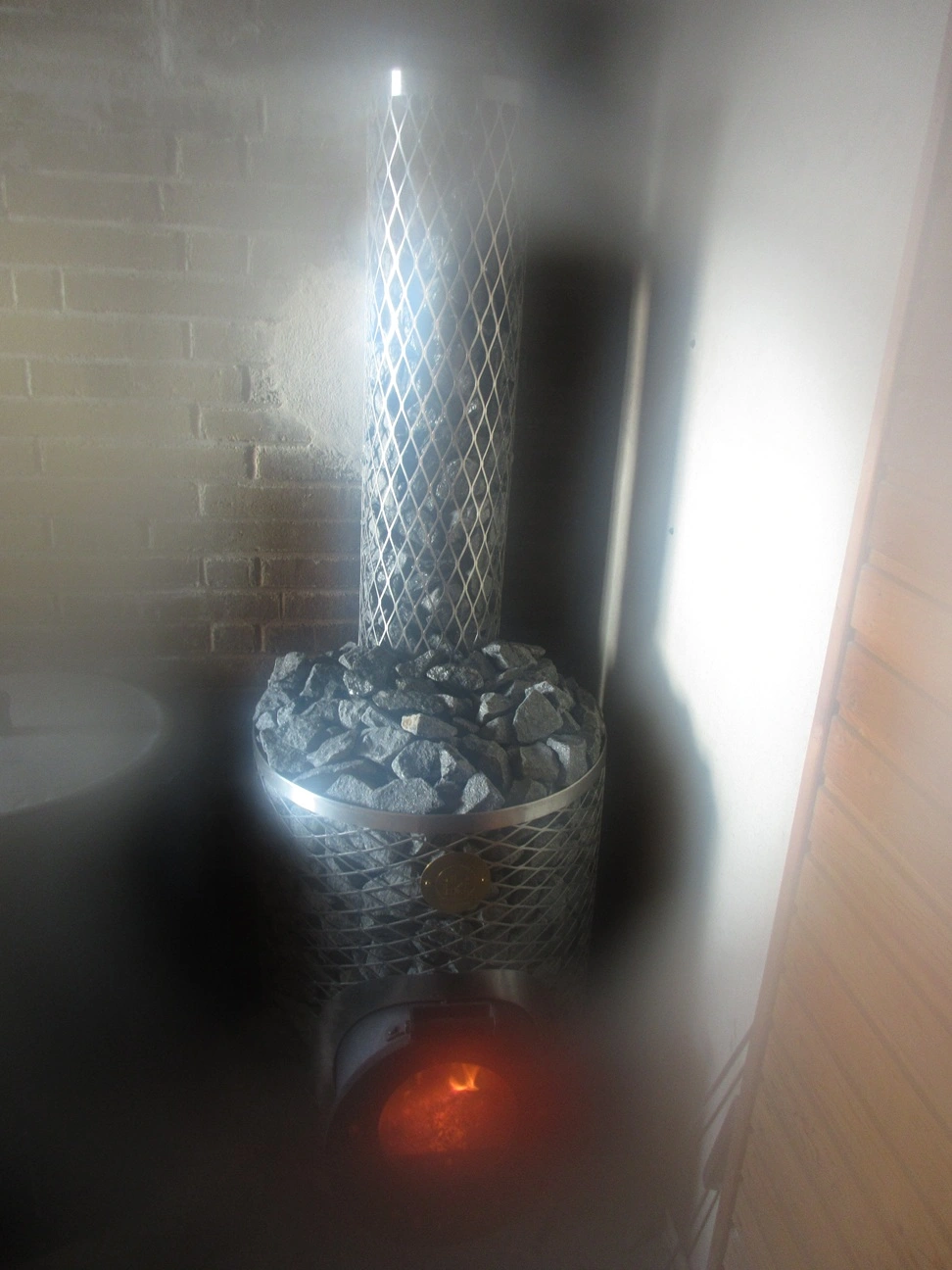
5. Wood & Emissions
IKI sauna heaters don’t require a lot of wood to get hot. In the aforementioned TM magazine test (8/2009), IKI tied with Harvia, meaning they both require a bit less wood than competitors.
My brother-in-law shared this sentiment concerning IKI: he didn’t use a lot of wood initially, and only added a few pieces of chopped wood once as new sauna bathers joined later.
He contemplated adding wood one more time as I continued saunaing alone, but I said it wasn’t needed. That turned out to be the right call given how much löyly IKI still had to give!
For those concerned about emissions and fine particles, IKI has good news.
According to independent and standardized tests, IKI Original sauna heater burns wood the cleanest, attributing to least CO₂ emissions out of all competitors that make similar stoves.

IKI Sauna Heaters for Dummies (?): The North American Market
I’ll conclude my IKI sauna heater review with findings nobody else has pointed out: although ALL IKI wood-burning sauna stoves are handmade in Finland, they are different in the US and Canada than in the rest of the world.
You might think it’s because of legislation, i.e., different requirements for sauna stoves in the US than in the EU, for instance, but I had my suspicions from the beginning: different requirements are usually for electric sauna heaters (UL standards), not for stoves, so what’s going on and why?
Well, let’s start with the differences themselves: why do I see an ash box in a sauna stove that’s known for its uniqueness and for many, has the lack of an ash box as one its selling points?
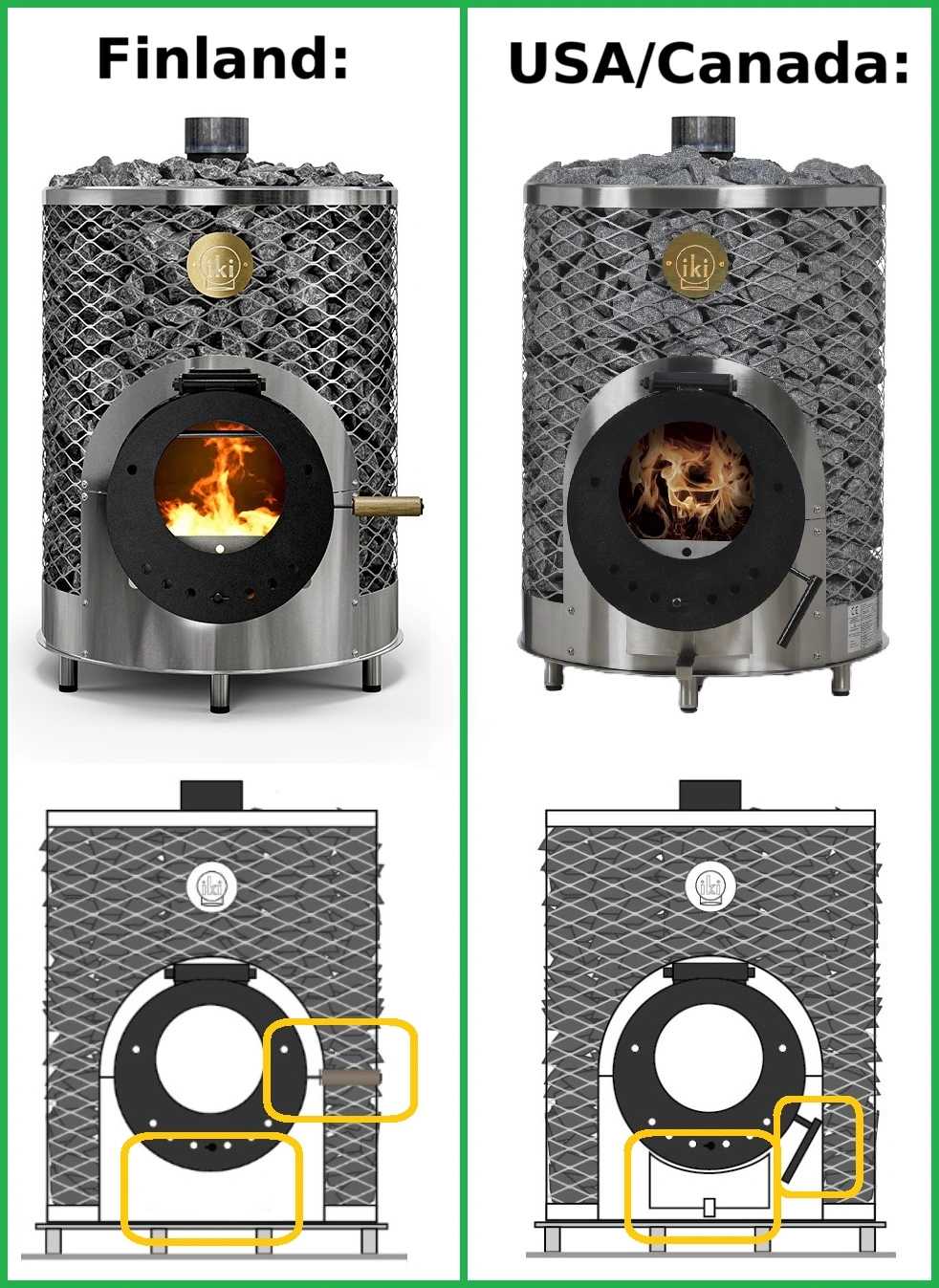
As shown above, the handle is also different. Yet another difference is the firewood limit bar inside the furnace (present in Finland/rest of the world, but not in North American versions).
I had no other choice than to contact IKI, so that’s what I did. I asked whether this change is because people in North America don’t know how to use a sauna stove that doesn’t have an ash box (yes, that’s how much faith I have left in my fellow people as a result of all the “dry sauna” comments I get 😆), and the answer I received is YES.
Of course IKI didn’t phrase it like that but emphasized user-friendliness and ease of use as their main themes when entering the North American market.
Knowing that not even all Finns know how to use IKI stoves properly (according to their own words), I have to agree with IKI that these changes probably make their stoves less intimidating for some users.
Nevertheless, it’s something to be aware of, especially if you’re someone who is attracted to the idea of intentionally missing ash box and grate. All IKI wood-burning sauna heaters sold in North America have these both, even if promo pictures suggest otherwise.
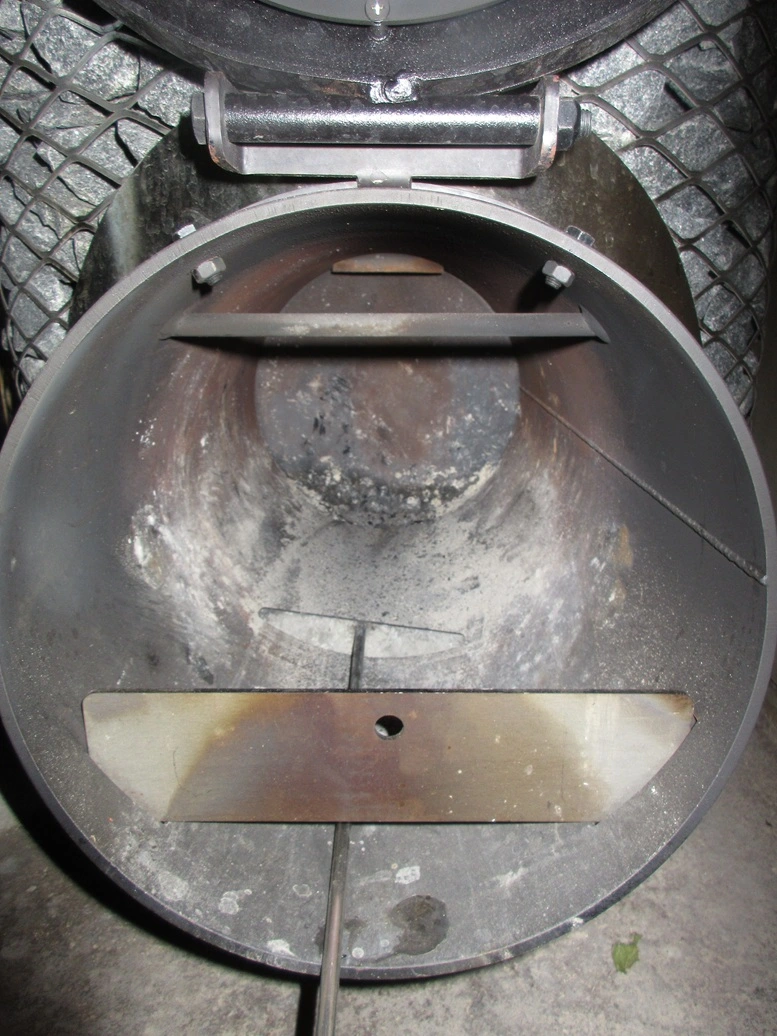
Final Thoughts
Since IKI sauna heaters are quite an investment, the prices of their wood-burning stoves ranging between $3,100 and $3,936 (no chimney or rocks included), many ask if they’re worth it.
The answer can definitely be yes. As IKI is one of the best brands of sauna heaters, their lifespan is several decades.
In the 2-minute video below, IKI shows how to maintain a 9-year-old IKI stove (it’s very visual, so don’t mind the Finnish text). Some other brands would have you buy a new sauna stove around the 10-year mark, but IKI shows their heaters are still in great condition after that time.
IKI sauna heater is a perfect choice IF you understand what sauna bathing is about. Unfortunately, many don’t.
If you intend to use it incorrectly, then it’s not the best choice. Why? Because if all you want to do is to sit in a hot room, there are much cheaper and more effective ways to achieve that than heating over 600 pounds of rocks. (It won’t necessarily be a sauna, but who cares at that point?)
When your sauna sessions are all about löyly, then you will love IKI and IKI will love you.
